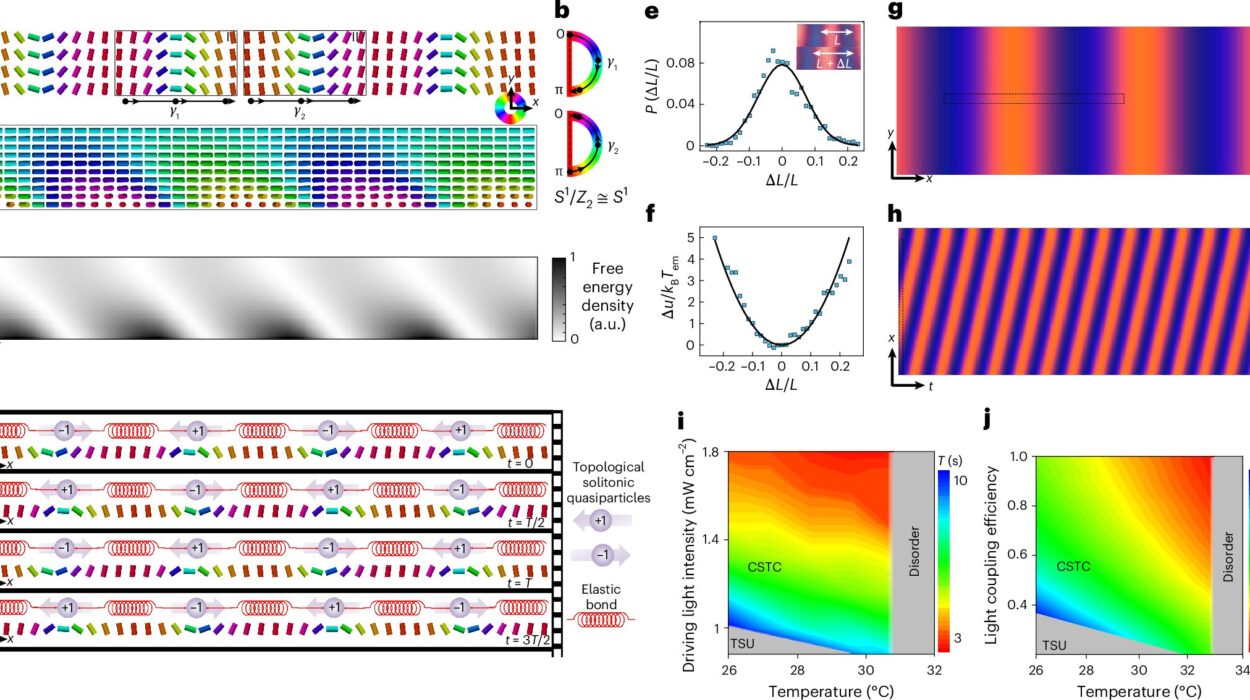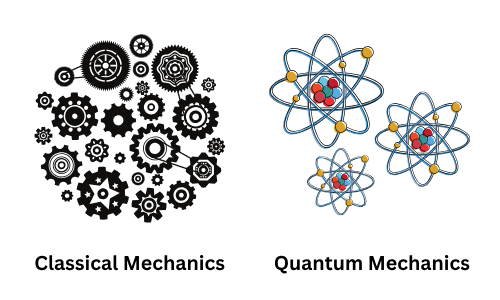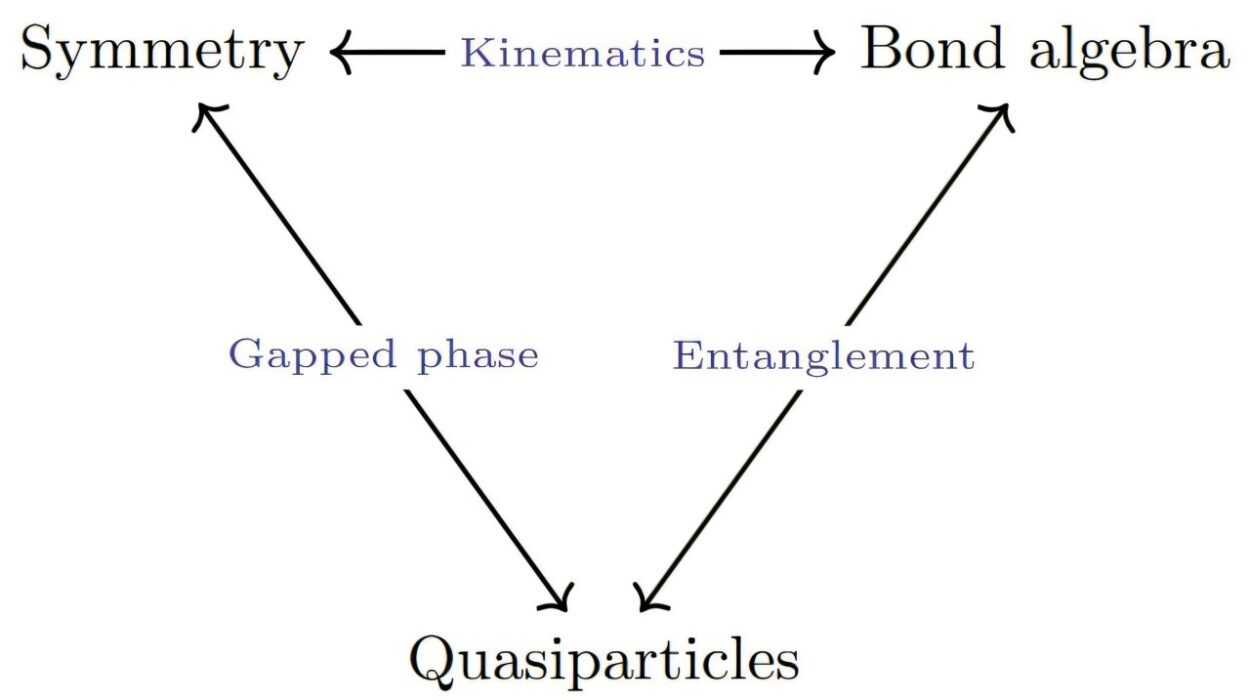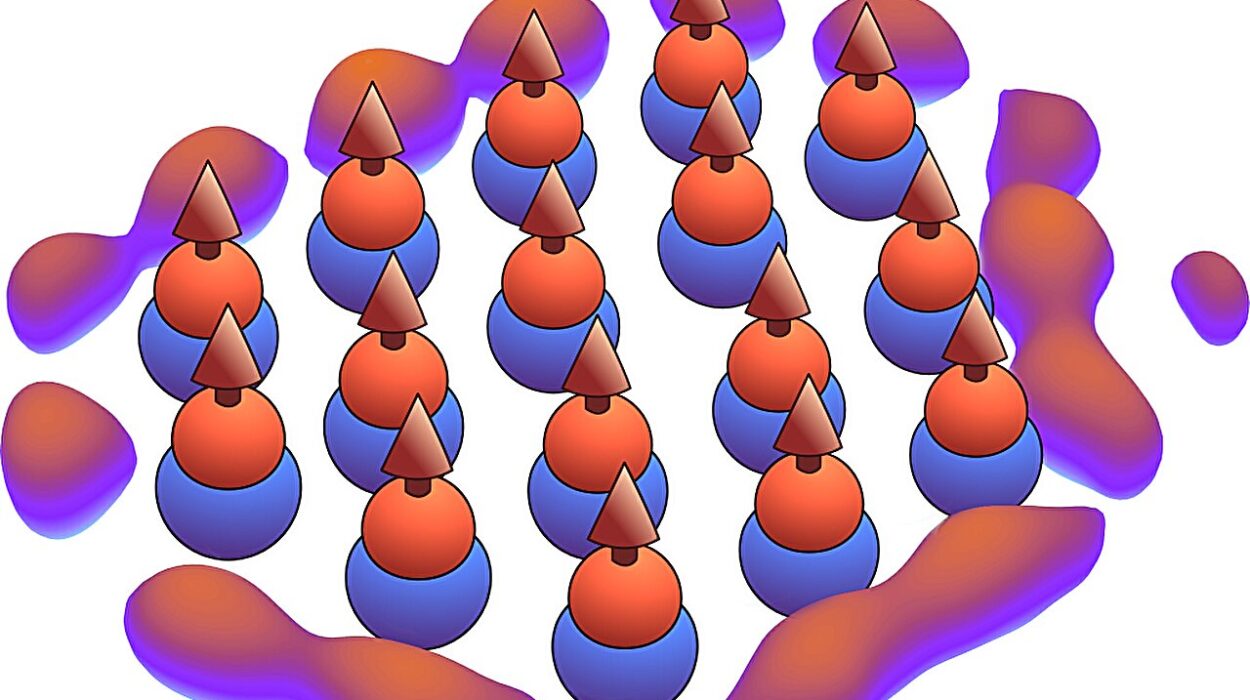Researchers at Skolkovo Institute of Science and Technology (Skoltech) have developed a new, simple physical model to predict the hardness of materials. This groundbreaking model allows for the prediction of hardness based on information regarding the shear modulus and the equations of state of crystal structures. It is designed to be applicable to a broad range of materials and is significant because it relies entirely on parameters that can either be calculated or experimentally measured using relatively simple methods. The findings were published in the respected journal Physical Review Materials.
Understanding Material Hardness
Material hardness refers to a material’s resistance to deformation, scratches, or dents under external forces. Essentially, the harder a material is, the more resistant it is to damage from external pressures, making it vital in various industrial, engineering, and technological applications. Typically, the hardness of a material is quantified by measuring how much a test sample is deformed when subjected to an indentation test, in which an indenter, typically made from a harder material like diamond, is pressed into the surface of the material in question. The resulting indentation depth or width is then used to gauge how hard the material is.
The process allows engineers and material scientists to understand and control a material’s behavior under stress. More hardness means the material can better withstand mechanical stresses without permanent damage, making it essential for things like tool production, construction materials, automotive parts, electronics, and aerospace engineering.
The Need for New Hard Materials
The demand for materials that combine superior mechanical properties, including increased hardness, with other vital qualities like durability, strength, and flexibility is ever-growing in modern industries. Traditional materials like steel, for example, are widely used but can fall short in certain demanding environments. These industries, particularly manufacturing and high-tech sectors, require new hard and superhard materials that are both highly effective at resisting wear and tear and capable of enduring extreme conditions.
In this context, finding suitable materials is not just a matter of trial and error—computational methods in material science have proven instrumental in rapidly identifying promising candidates by predicting their physical properties and behaviors. Through high-throughput screening using computational models, material scientists can now search more efficiently for compounds that meet the desired specifications. However, while prediction tools for material structure have become increasingly sophisticated, calculating complex mechanical properties, such as hardness, still requires more advanced and reliable models.
The New Hardness Model
In response to this challenge, the research team at Skoltech introduced a new model for predicting the hardness of materials that is both simple and highly effective. This model takes into account essential properties of a material: the shear modulus and the pressure derivative of the bulk modulus. These two properties, when combined, enable scientists to assess the material’s hardness with considerable accuracy and provide critical insights into the material’s structural behavior.
The shear modulus, which quantifies how a material deforms under shear stress (that is, forces that try to distort or “slant” the shape of an object), plays a central role in this model. It is especially important because it varies according to the direction in which the crystal is deformed. Materials often exhibit anisotropic behavior, meaning their mechanical properties differ based on the direction of the applied stress. By incorporating the shear modulus, the model effectively accounts for the directional dependence of hardness, enabling it to be applied more widely to materials with different crystal structures.
Additionally, the pressure derivative of the bulk modulus—which describes how a material’s volume changes under varying pressure—was another critical element in this research. By deriving this pressure dependency from the equation of state (which relates a material’s volume to external parameters like pressure and temperature), the authors were able to take temperature’s impact on hardness into account. This adaptation makes the model suitable for practical, real-world applications, where both environmental conditions and material properties can vary.
Demonstrating the Model’s Utility
To validate the new model’s effectiveness, the team applied it to study two materials: rhenium diboride (ReB2) and boron carbide (B4C). These two materials are well-regarded in the field of materials science for their hardness and are classified as superhard materials.
In their application, the researchers found that the model’s predicted hardness values closely aligned with both experimental data and predictions made by advanced machine learning models. The accuracy of the model demonstrates its practicality for evaluating hard materials that have previously been the subject of extensive research but are difficult to model with the precision required for widespread applications.
Importantly, the proposed model remains simple, with all the required parameters—shear modulus, bulk modulus, and pressure derivative—being directly measurable through experiments or computational simulations. This simplicity opens up the model to practical usage, enabling researchers and engineers to assess hardness before embarking on the expensive and time-consuming process of material synthesis or fabrication.
A Step Toward Predictive Material Design
The ability to predict the hardness of materials reliably and efficiently represents a significant breakthrough in material science. As Faridun Jalolov, the lead author of the study and a Ph.D. student in the Materials Science and Engineering program at Skoltech, emphasizes, modern computational techniques have already demonstrated their potential in accurately predicting material properties. However, the breakthrough of this model is that it does not simply predict material structure—it also effectively calculates essential mechanical properties like hardness, which are vital for selecting or synthesizing the ideal material for a given application.
Professor Alexander Kvashnin, who is the co-author of the study and a scientific supervisor at the Skoltech Energy Transition Center, added that the ease with which the model’s parameters can be obtained makes the tool highly relevant to industries focused on material innovation. This new model could be especially useful in high-throughput material discovery projects, where researchers need to filter large numbers of potential materials quickly for further testing and development.
The ability to factor in both macroscopic and microscopic variables like temperature and direction-dependent behavior makes the model versatile and applicable across different disciplines and use cases.
Relevance for Industry and Research
This work is particularly timely as industries increasingly face the challenges of developing superior materials for both functional and structural purposes. For instance, in the automotive and aerospace industries, the search for lighter but stronger materials is crucial. Likewise, for electronics and semiconductors, materials that combine hardness with thermal stability and minimal wear are in high demand. Being able to computationally predict how a material will behave under extreme stress conditions could fast-track innovations and drastically reduce the costs associated with trial-and-error approaches in material design.
The Skoltech team’s development of this simple but effective predictive model is a major step forward in the scientific community’s ability to manage these challenges more efficiently and accurately.
Future Directions
The model opens several avenues for future research. While it is already effective at predicting the hardness of materials based on measured and simulated data, there is still work to be done to extend its application to a broader range of compounds. Researchers are now exploring how the model can be adapted to predict the hardness of even more complex materials or alloys. In addition, efforts are underway to incorporate this model into larger materials informatics databases that could be used in conjunction with other tools like machine learning models to rapidly screen entire libraries of materials.
Ultimately, by simplifying the hardness prediction process and making it widely applicable to different material classes, Skoltech’s researchers have provided the tools to not only better understand material properties but also to potentially revolutionize the way new, advanced materials are developed and optimized.
Conclusion
Skoltech’s new model offers a practical and reliable method for predicting material hardness, a key mechanical property essential to many fields. Built on easily accessible material properties such as shear modulus and the pressure derivative of the bulk modulus, the model is both robust and simple, relying on straightforward experimental measurements or calculations. With this new tool, researchers and industries working on material innovation can significantly speed up the process of identifying hard and superhard materials and tailor them for specific applications—ranging from high-tech manufacturing to cutting-edge construction materials. The versatility and simplicity of this model position it as a crucial development in modern materials science.
Reference: Faridun N. Jalolov et al, Physically intuitive anisotropic model of hardness, Physical Review Materials (2024). DOI: 10.1103/PhysRevMaterials.8.123601. On arXiv: DOI: 10.48550/arxiv.2412.17745






